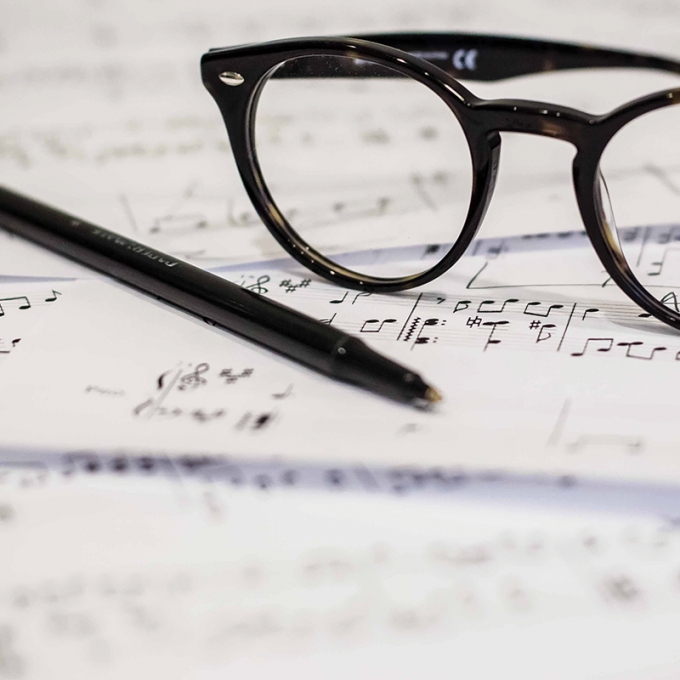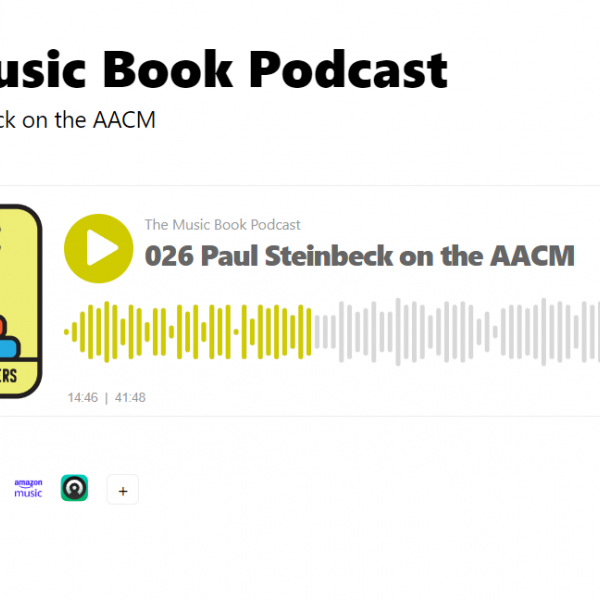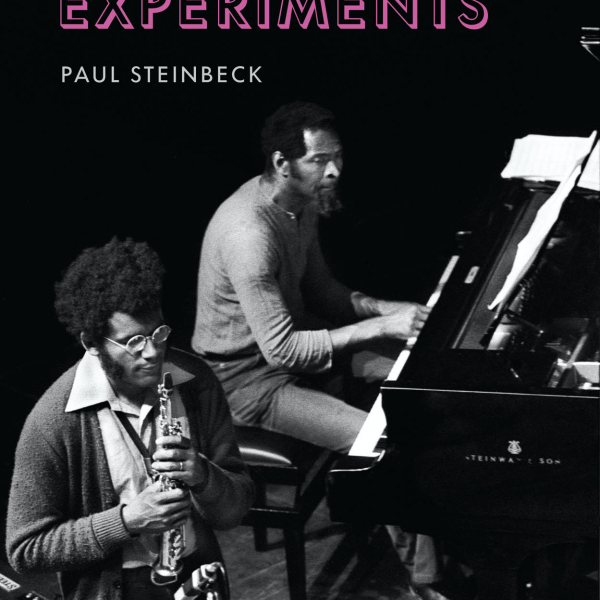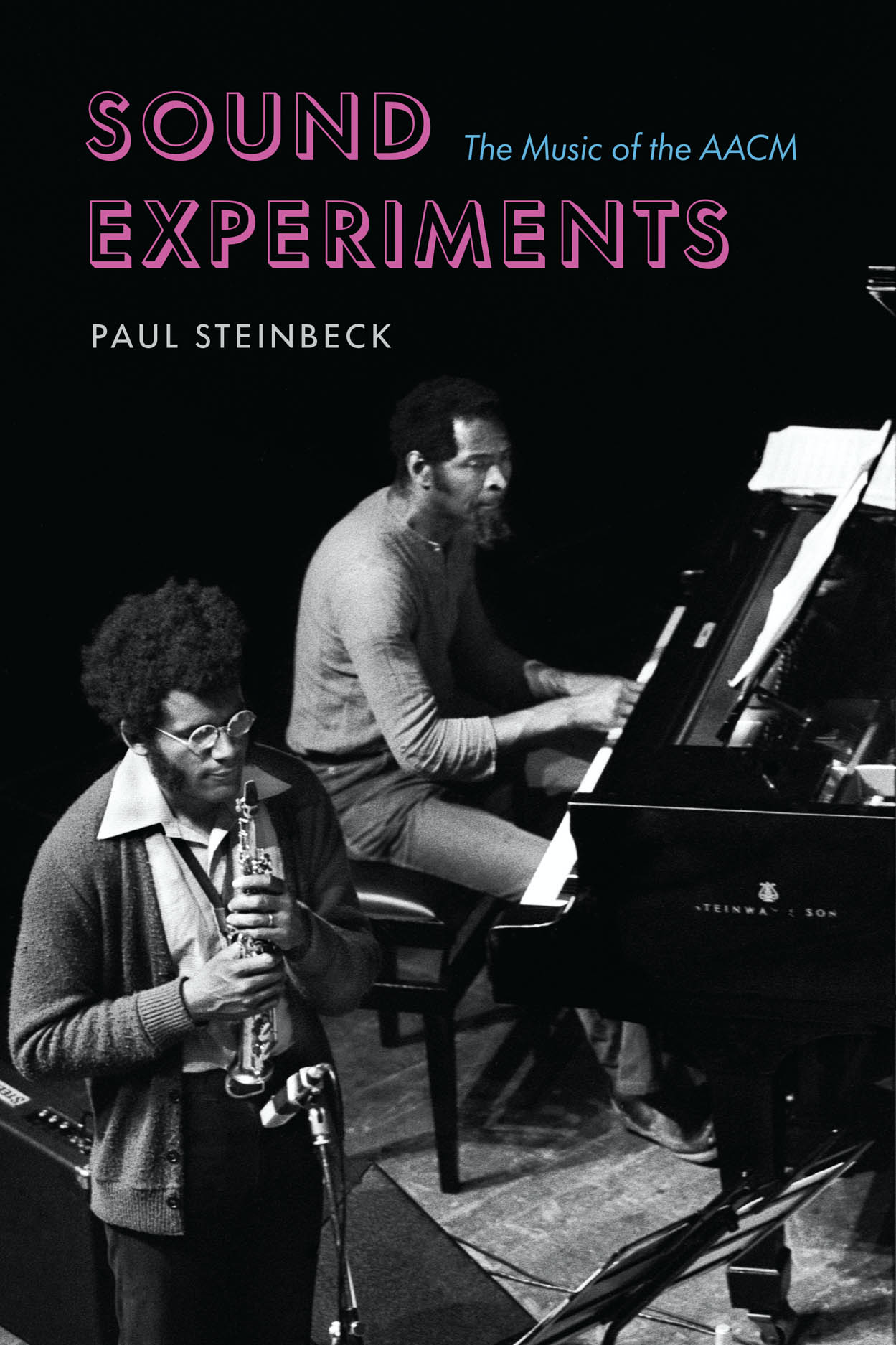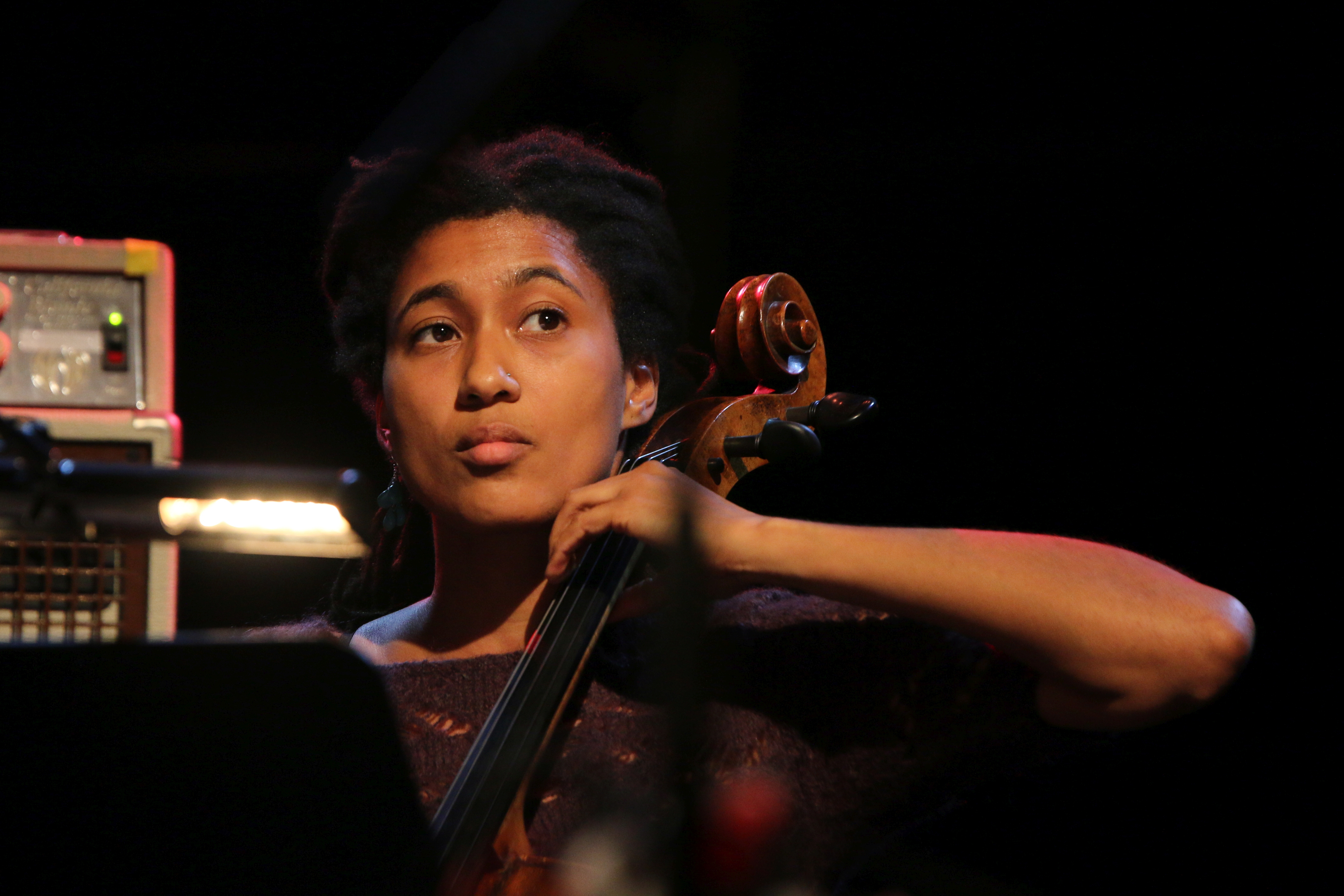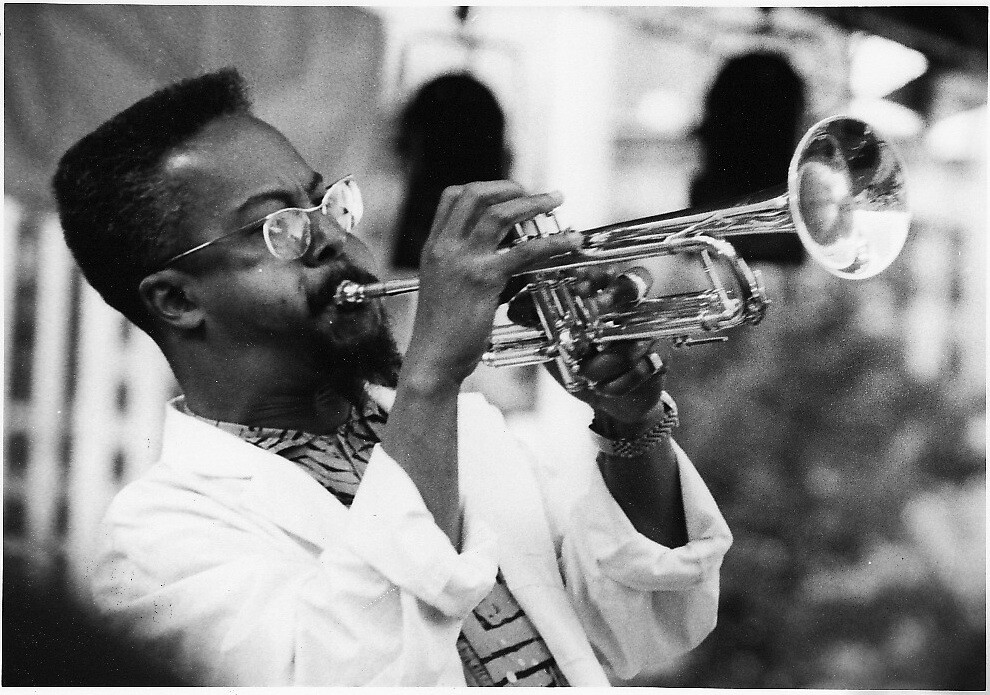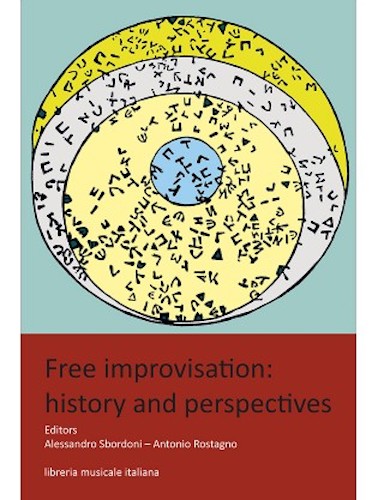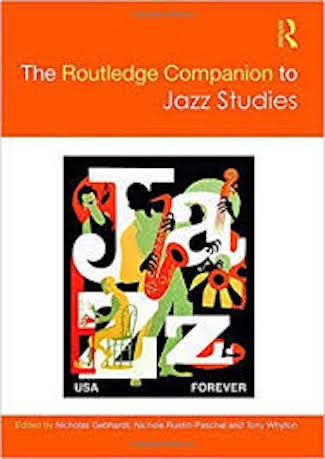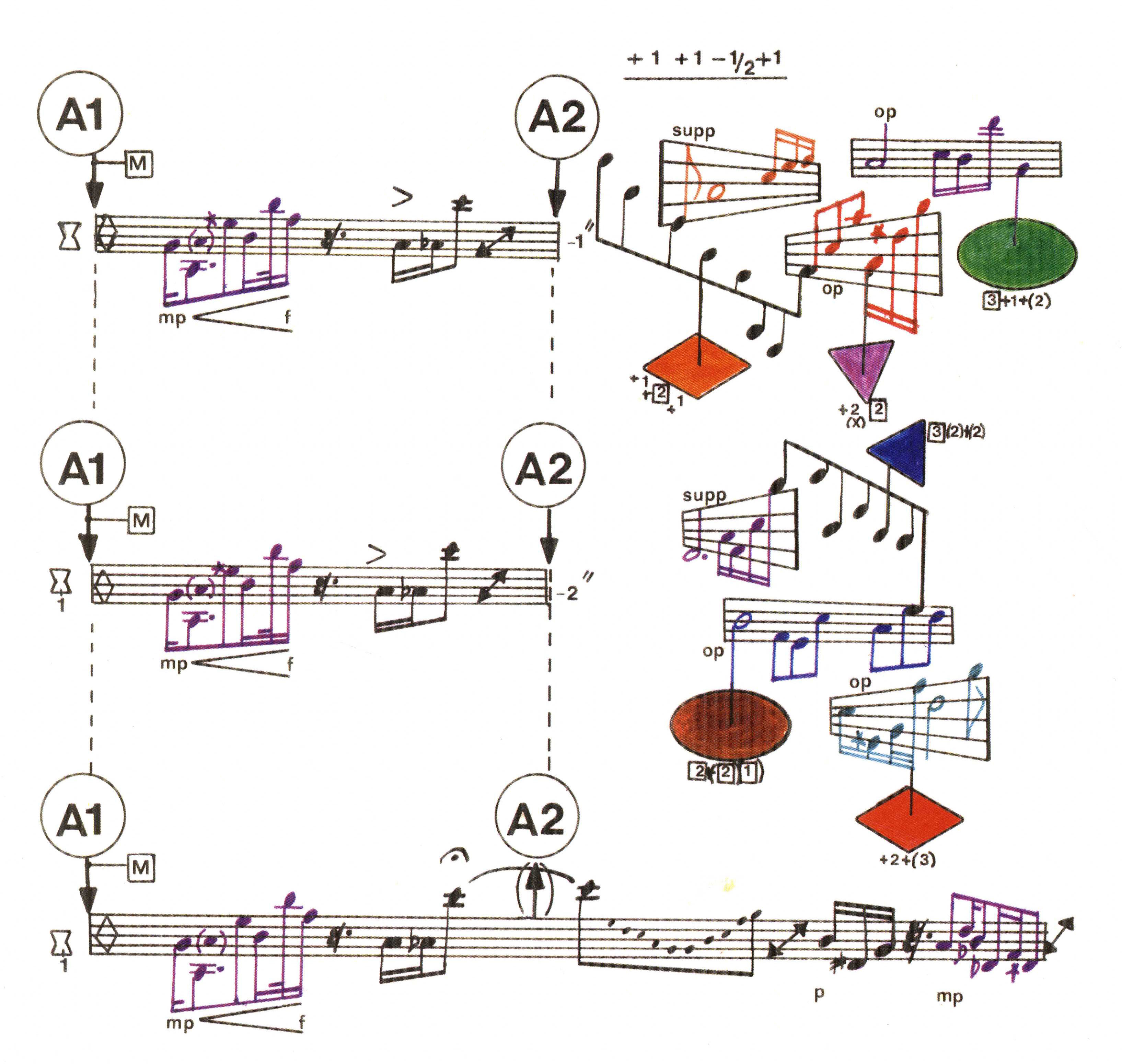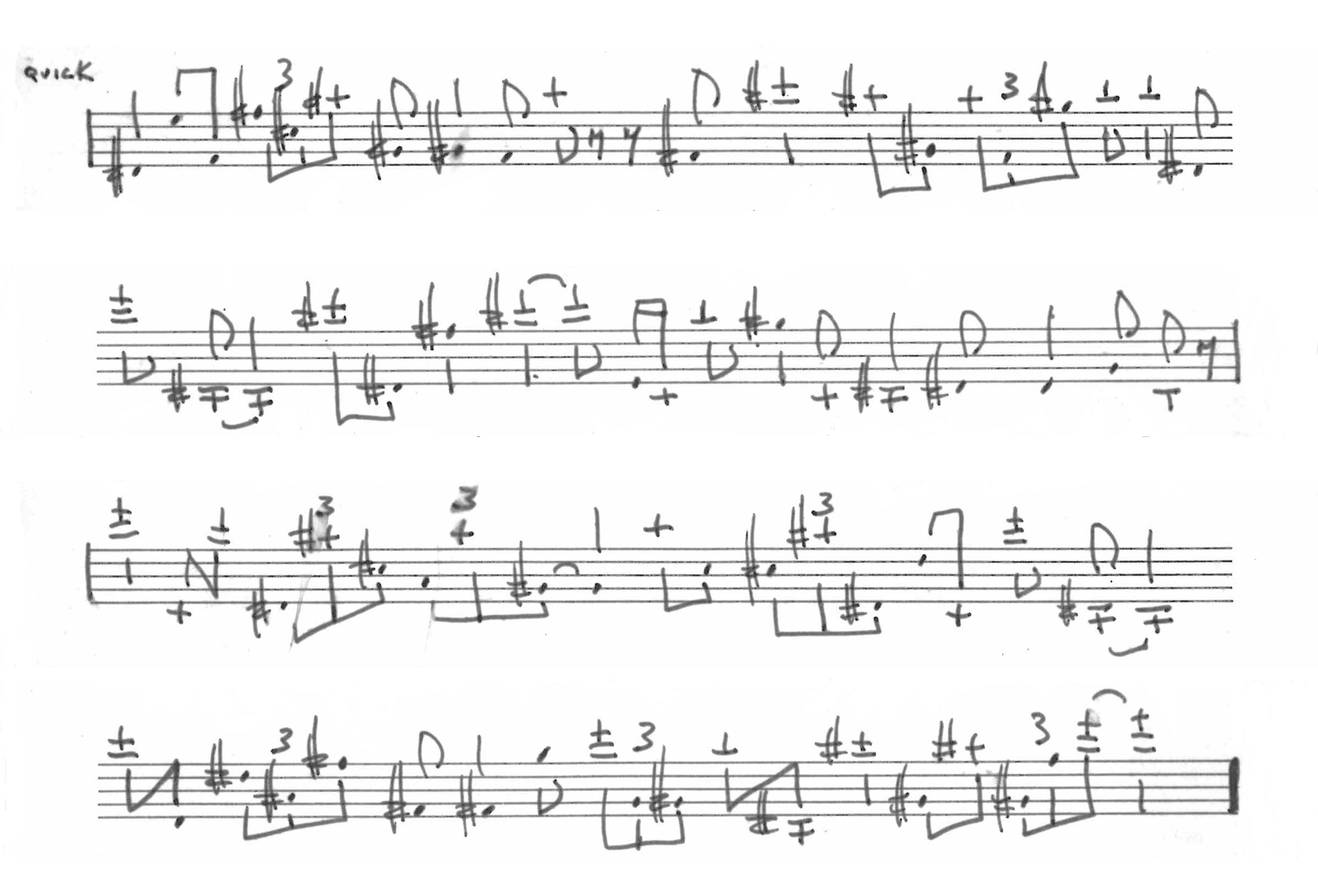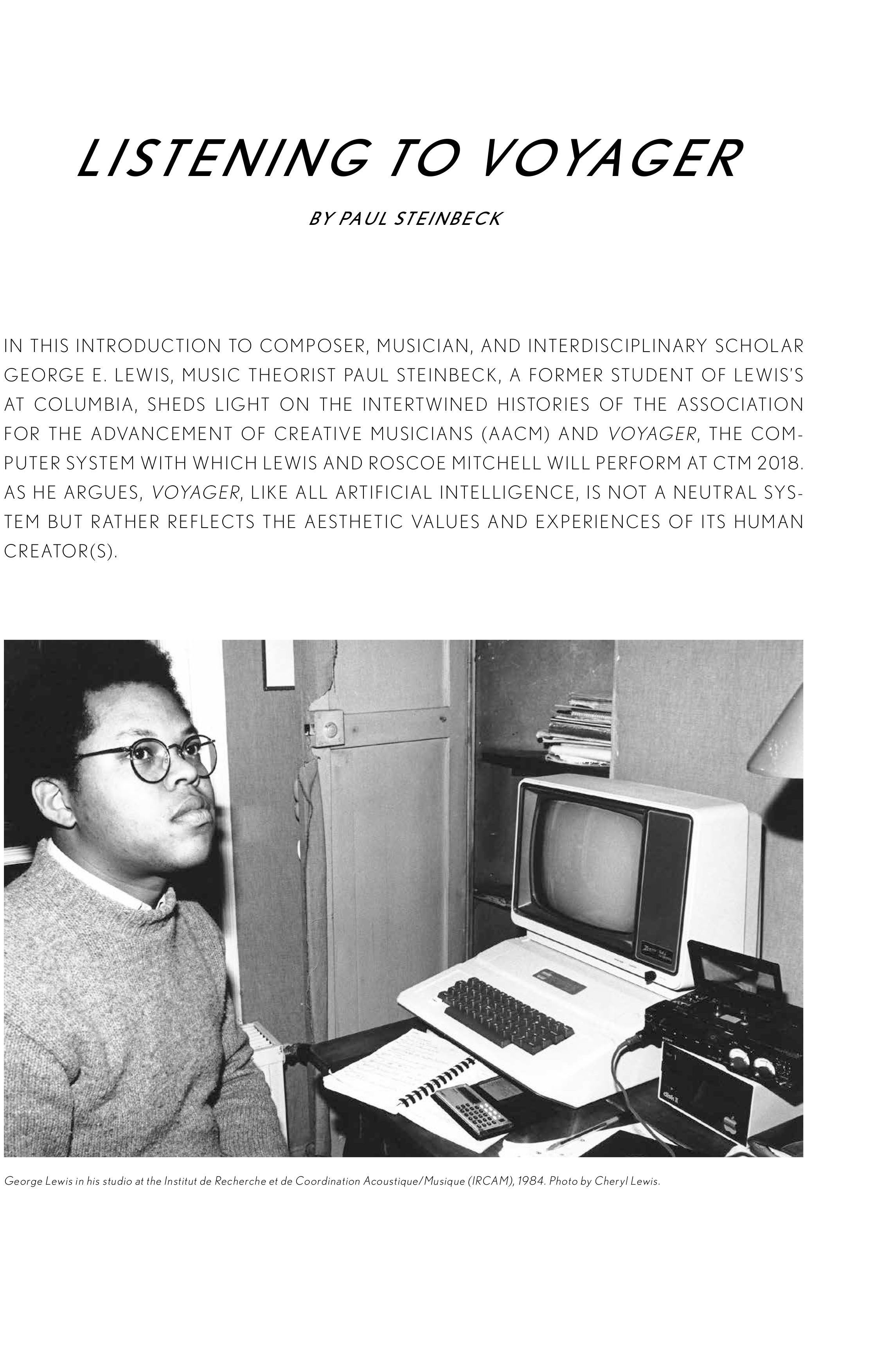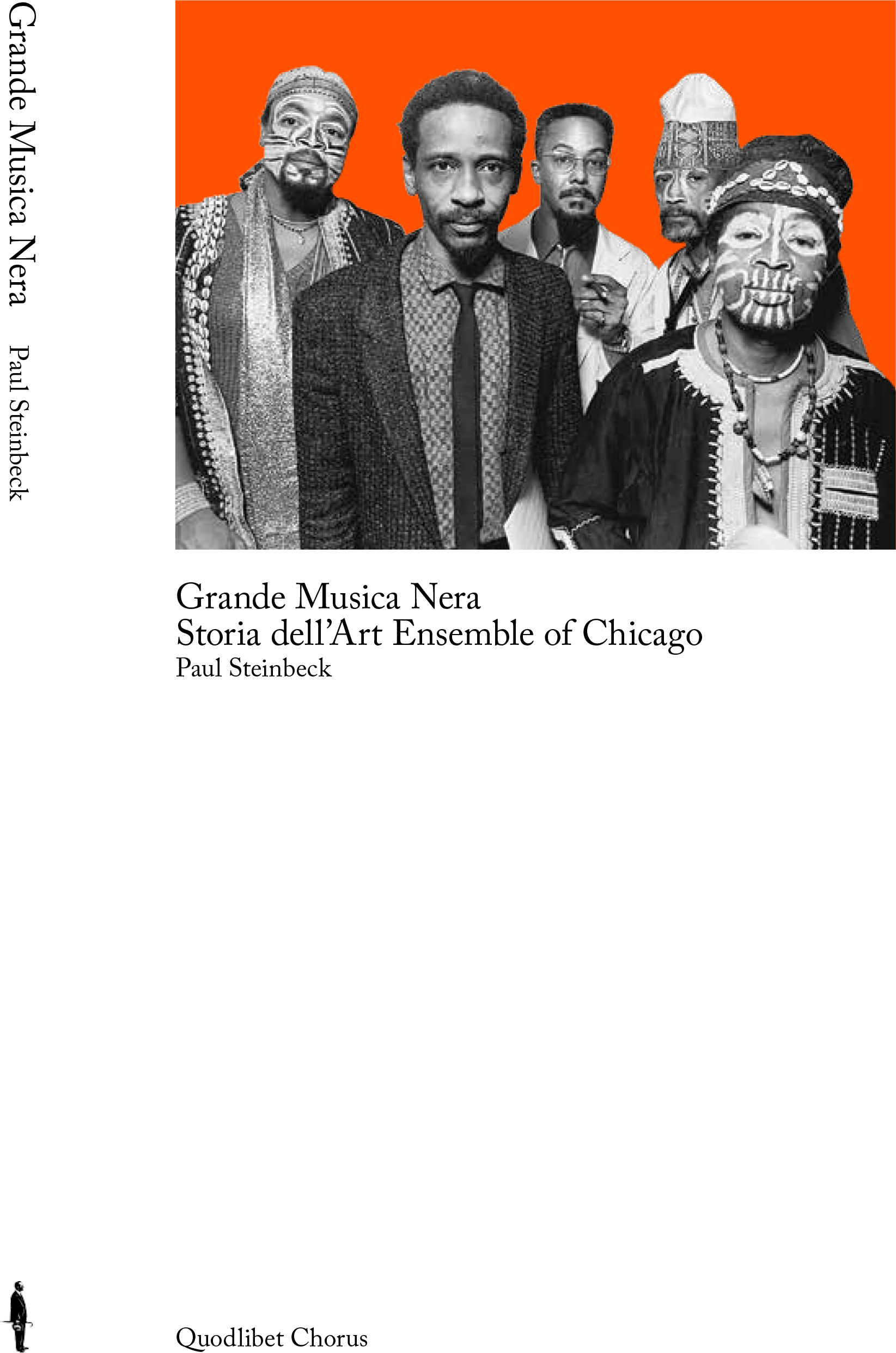Paul Steinbeck’s research focuses on improvisation, intermedia, and the Association for the Advancement of Creative Musicians (AACM).
Paul Steinbeck is an associate professor of music at Washington University in St. Louis. He has written extensively about the Association for the Advancement of Creative Musicians (AACM), the Art Ensemble of Chicago, Anthony Braxton, and Fred Anderson. Steinbeck’s book Sound Experiments, a study of ten influential pieces by AACM composers, is published by the University of Chicago Press (2022). His previous book Message to Our Folks, a history of the Art Ensemble, is available in English from the University of Chicago Press (2017), in Italian from Edizioni Quodlibet (2018), and in French from the Presses Universitaires du Midi (2021). With Fred Anderson, Steinbeck is co-author of Exercises for the Creative Musician (2002/2010), a method book for improvisers.
Steinbeck is also a bassist, composer, and improviser. He studied bass with Harrison Bankhead and composition with Ari Brown. His compositions and improvisations are documented on twenty-three recordings. He performs with a number of ensembles, including Low End Theory, co-led with former AACM president Mwata Bowden.


